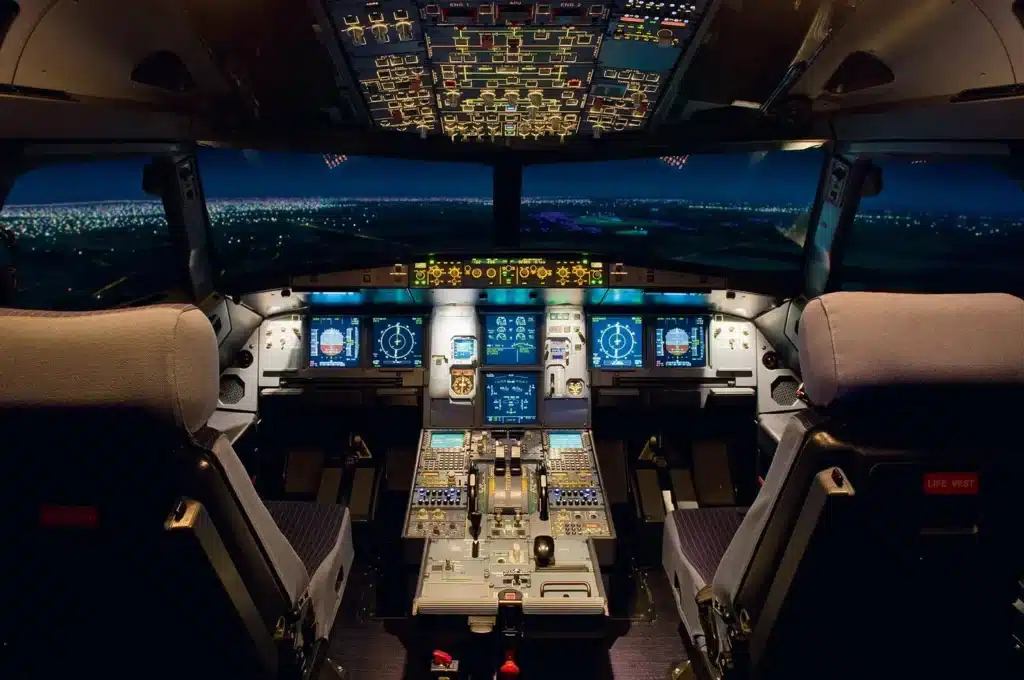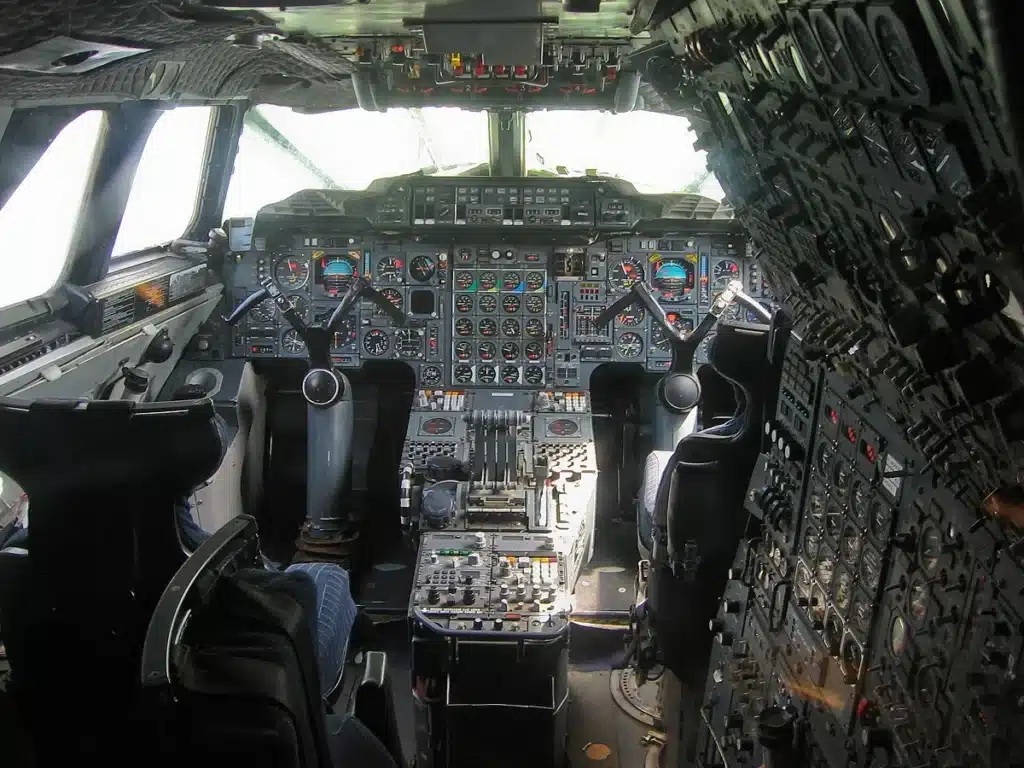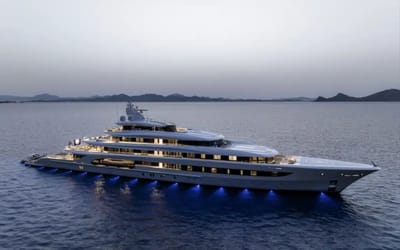The surprising difference between Airbus and Boeing cockpits
- Boeing and Airbus are the titans of the aviation world
- But they have one key difference between them when it comes to their cockpits
- This difference leads to strong opinions on both sides
Published on Aug 05, 2024 at 6:23 PM (UTC+4)
by Ben Thompson
Last updated on Aug 06, 2024 at 7:08 PM (UTC+4)
Edited by
Kate Bain
Airbus has a completely different set-up in the cockpit from Boeing – and there’s a reason for that.
They’re the two biggest names in aviation, with most people having flown on either one at some point during travels.
But they have one big difference when it comes to the pilot’s experience.
DISCOVER SBX CARS: The global premium car auction platform powered by Supercar Blondie
How Boeing and Airbus compare
Aside from the fact that Airbus’ windows can open – there is a major difference for pilots flying these behemoths of the skies.
Boeing aircraft feature a standard control column, which is used to control the pitch and roll movements of the plane – find out what’s written on it here.
By contrast, Airbus has introduced a revolutionized method by introducing a side stick on its A320 aircraft.

Before this, it had gone along with the central yoke model.
The yoke was the primary tool used to maneuver the plane, enabling pilots to have manual control over its functions.
However, Airbus introduced the side stick in 1985.
Before this point, the side stick has only appeared in fighter jets.
Aviation development is no Yoke
The single-handed side stick frees up a hand for pilots and allows them to work on surrounding technology.
There’s also a commercial reason behind the difference – Airbus wanted to make itself stand out in the aviation industry and this was its approach.
The two controls have opened up a debate about which is superior.

Those siding with Airbus would argue the side stick makes flying much more comfortable for pilots, as well as making operating computers easier thanks to free space.
On the other hand, those backing the Yoke would say it’s important for use in an emergency.
They would also argue that the design retains general flying skills.
In addition to that, there’s the argument for history and consistency – the Yoke has always been used, so why change it?
Anyhow, despite their differences, Boeing and Airbus can sometimes line up perfectly, as demonstrated in this synchronized landing.





